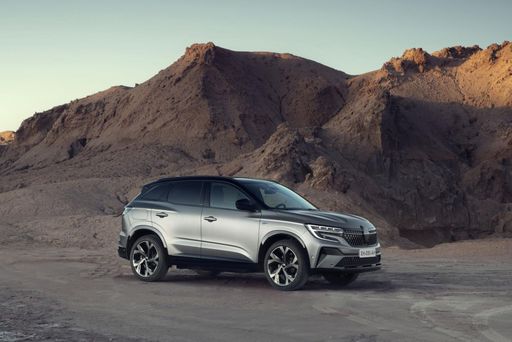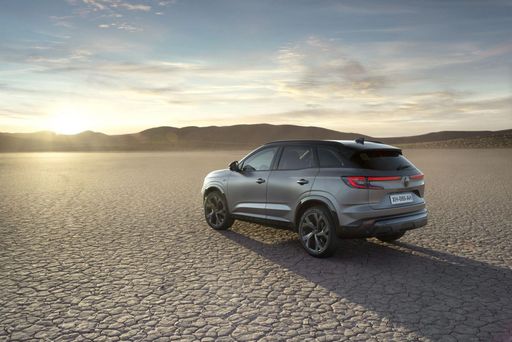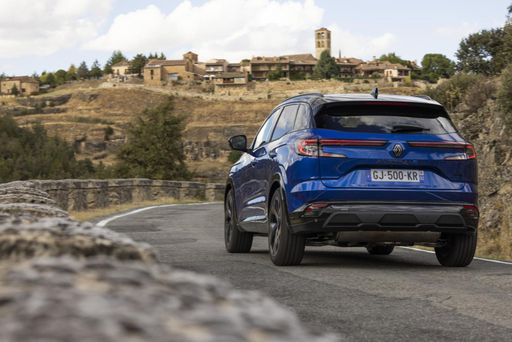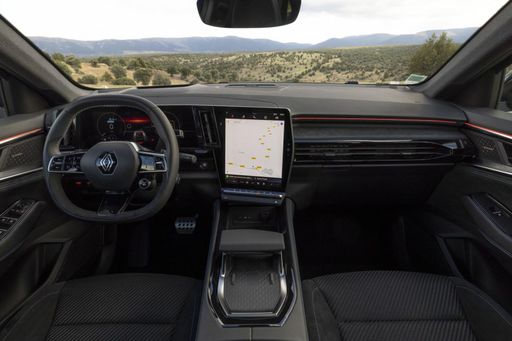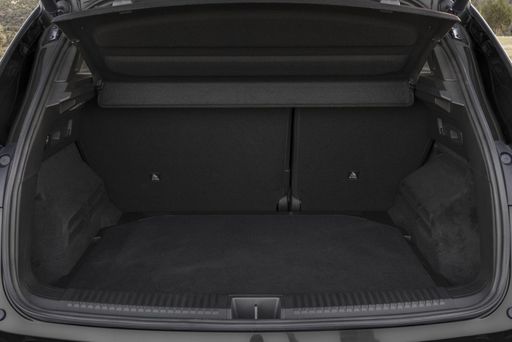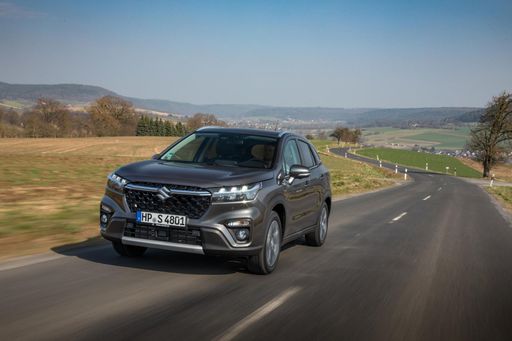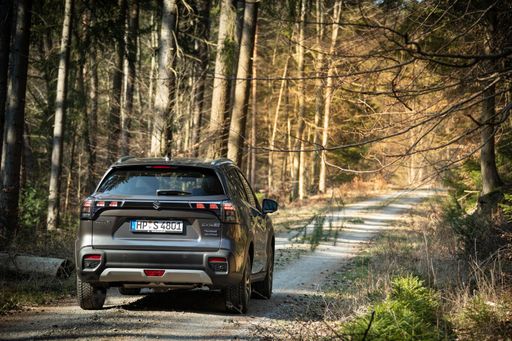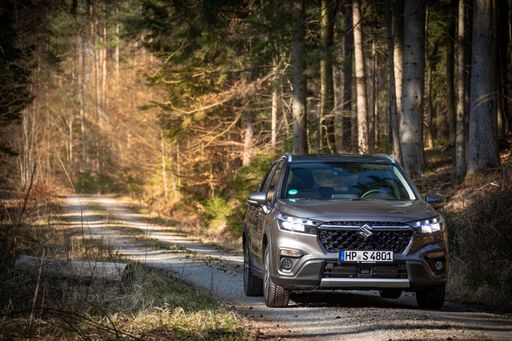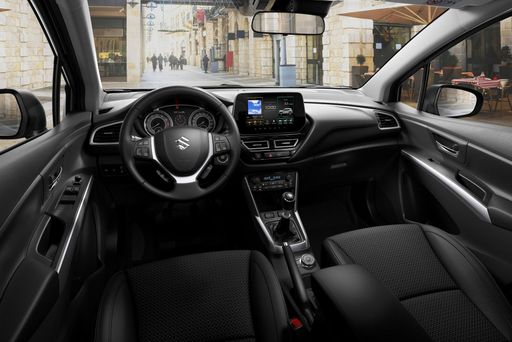Renault Austral vs Suzuki S-Cross: A Battle of Compact SUVs
With the 2024 model year upon us, the competition in the compact SUV segment is fiercer than ever. Two strong contenders vying for your attention are the Renault Austral and the Suzuki S-Cross. Both models bring unique strengths to the table, from innovative tech features to impressive performance metrics. Let's dive into a detailed comparison to help you decide which suits your lifestyle best.

